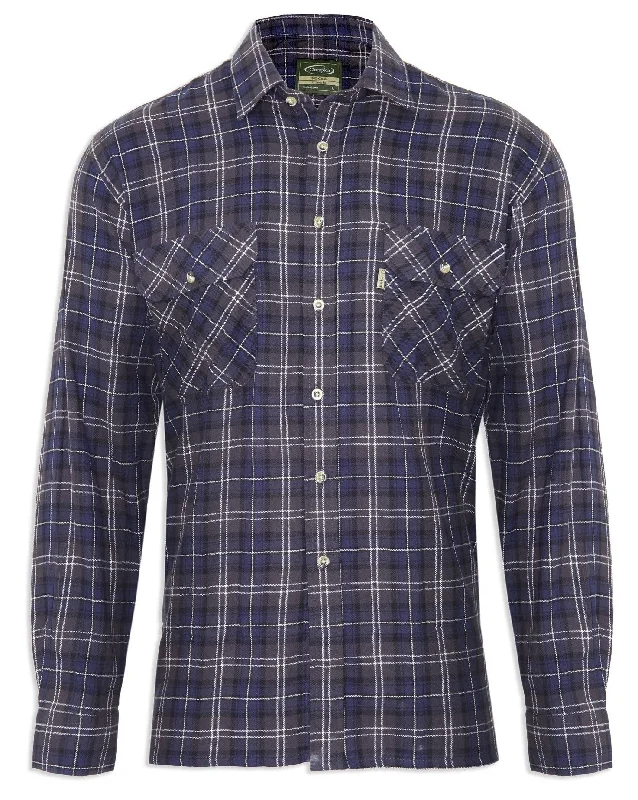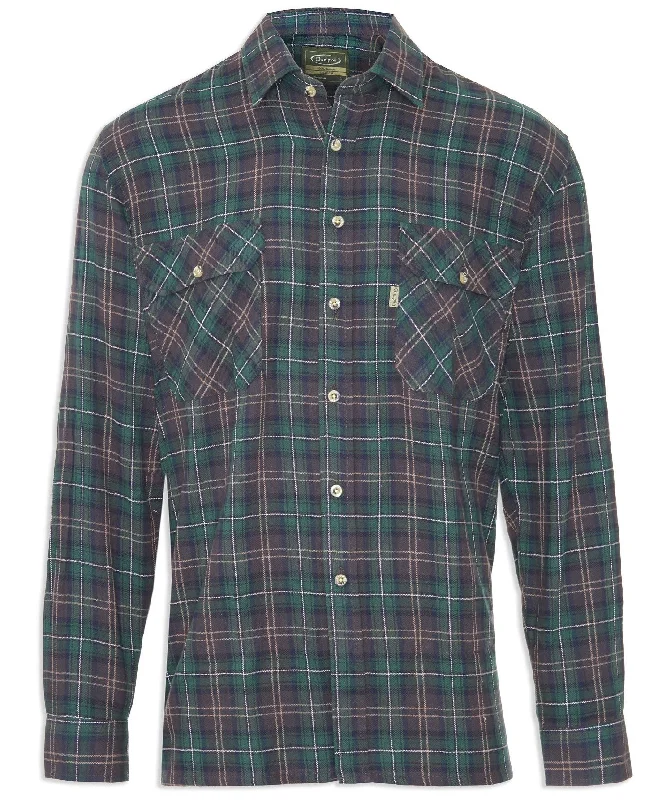Tartan Lumberjack Shirt Kilbeggan by Champion
A 100% Cotton Tartan Lumberjack check work shirt that's lightly brushed on the inside for extra comfort and warmth.
Features two chest pockets with button down flaps. Pocket size; Width 13 cm, Height 14 cm approx.
Champion Branded Buttons.
Comes in three traditional Tartans Colours, Red Plaid, Blue Plaid and Green Plaid.
A hard wearing superior quality all cotton Lumberjack shirt
Great Value
Hugely Popular - Best Seller
Fully Restocked in Sizes up to XXL XXXL and XXXL
Sizing Tip; when laid flat and measured across the front,
the Medium measures 22 inches (neck size to fit approx. 15.5""),
the Large measures 24 inches (neck size to fit approx. 16-16.5""),
the XL measures 26 inches (neck size to fit approx. 17-17.5""),
the XXL measures 28 inches (neck size to fit approx. 18-18.5""),
the XXXL measures 30 inches (neck size to fit approx. 19-19.5""),
and the XXXXL measures 31 inches across (neck size to fit approx. 20-20.5"").
Please compare these measurements to a shirt you already own. Please bear in mind that these are the actual dimensions of the shirt and you will need to make allowance for the fabric of the garment and allow for 4 to 6 inches movement room within the shirt.
What is Tartan, how does it differ from Plaid
Tartan is a pattern consisting of criss-crossed horizontal and vertical bands in multiple colours. Tartans originated in woven wool, but now they are made in many other materials. Tartan is particularly associated with Scotland. Scottish kilts almost always have tartan patterns. Tartan is one of the patterns known as plaid in North America, but in Scotland, a plaid is a tartan cloth slung over the shoulder, or a blanket. Tartan is made with alternating bands of coloured (pre-dyed) threads woven as both warp and weft at right angles to each other. The weft is woven in a simple twill, two over - two under the warp, advancing one thread each pass. This forms visible diagonal lines where different colours cross, which give the appearance of new colours blended from the original ones. The resulting blocks of colour repeat vertically and horizontally in a distinctive pattern of squares and lines known as a sett. The Dress Act of 1746 attempted to bring the warrior clans under government control by banning the tartan and other aspects of Gaelic culture. When the law was repealed in 1782, it was no longer ordinary Highland dress, but was adopted instead as the symbolic national dress of Scotland.



